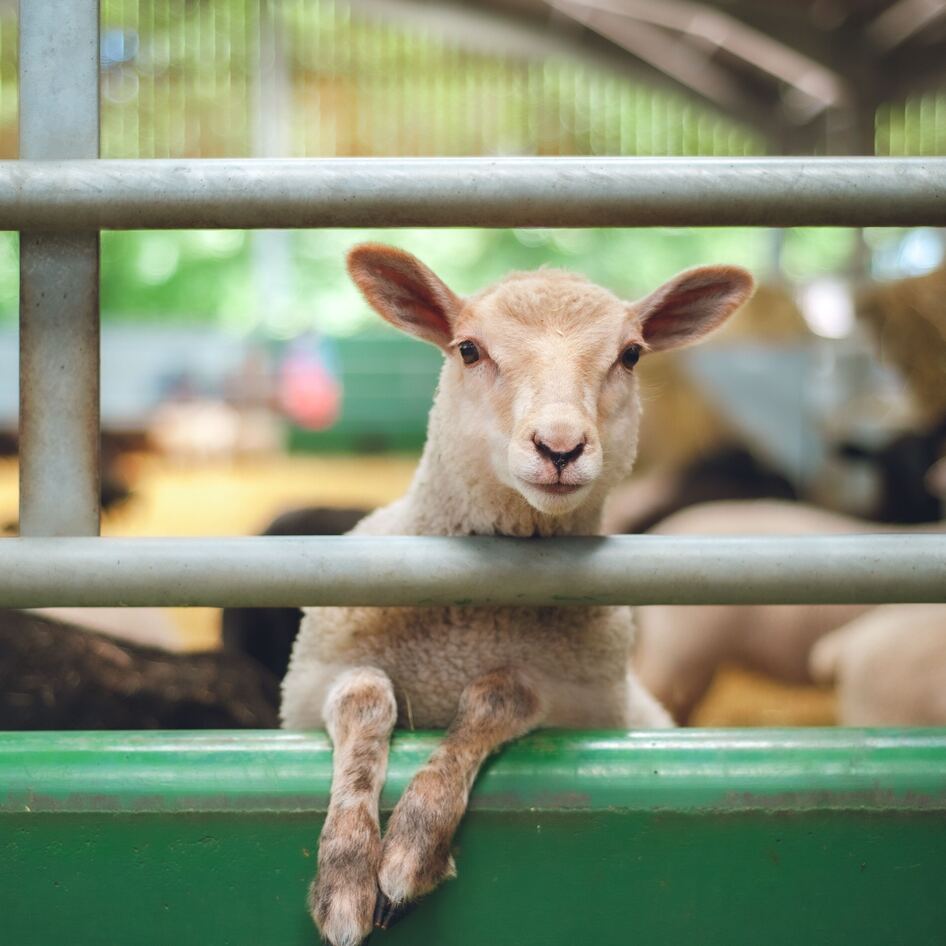Meat companies are creating a public health threat and directly destroying marine life in the Gulf of Mexico, according to environmental organization Mighty Earth. Earlier this year, the National Oceanic and Atmospheric Association (NOAA) released its 2019 National Hydrologic Assessment with an accompanying map that revealed major flood risk areas, with notable concentrations in the Midwest. According to the NOAA, portions of the United States experienced accumulated precipitation that exceeded averages by 200 percent which has created above average flooding conditions. Using data available through the Environmental Protection Agency (EPA) and United States Department of Agriculture (USDA), Mighty Earth created its own map that overlays pollution produced by meat companies atop NOAA’s flood risk map to illustrate the danger industrial animal agriculture poses when flood risk conditions rise due to climate change.
Mighty Earth found that the top meat companies discharge nearly 220 million tons of pollutants—the equivalent of more than 500 times the amount of human waste created annually in New York City. In addition, Mighty Earth identified meat giant JBS as the single largest polluting company, discharging approximately 80 million tons of untreated waste. Cargill operates the most facilities in regions classified by NOAA as “high risk” for flooding, while Tyson facilities have the highest exposure overall to flood risk areas. “The facilities of these corporate factory farms produce more sewage waste than some major US cities, and this waste contains a variety of toxins and pathogens dangerous to human health including manure, nitrates, hydrogen sulfide, lead, E. coli, antibiotic resistant bacteria, growth hormones, and more,” Mighty Earth noted in its report. “Unlike human waste, however, sewage from factory farms is not required to be treated before it is released into the surrounding environment. While uncontrolled pollution from the meat industry has been a long-standing threat to our waterways, catastrophic floods exacerbated by climate change and the destruction of natural landscape buffers are increasingly turning America’s agricultural regions into open sewers filled in part by the meat industry’s waste.”
Because animal agriculture requires access to large amounts of water and shipping routes, meat companies are typically located near waterways and many of the country’s largest meat producers have multiple facilities near the Mississippi River—which runs through the Midwest, collecting pollutants along the way, before draining into the Gulf of Mexico. Every summer, a hypoxic dead zone—a portion of polluted water where oxygen levels are so low that little life can be sustained at the bottom—forms in the northern Gulf of Mexico often spanning more than 5,000 square miles, a condition the NOAA predicts will be above average to large in 2019. “Runoff washing off industrial farms is widely recognized as the main source of pollution fueling the annual dead zone that suffocates the Gulf of Mexico each summer,” Mighty Earth Campaign Director Lucia von Reusner told VegNews. “Uncontrolled runoff pollution washing off factory farms is already contaminating waters throughout the Midwest and Gulf, and is only going to worsen as climate disruption fuels more extreme weather and the meat industry expands its footprint across the country.”
This month, the NOAA is expected to release its final assessment of the size of this year’s dead zone in the Gulf of Mexico, a toxic swamp Mighty Earth firmly believes is caused by animal agriculture’s insufficient waste management practices.
JUMP TO ... Latest News | Recipes | Guides | Health | Subscribe







